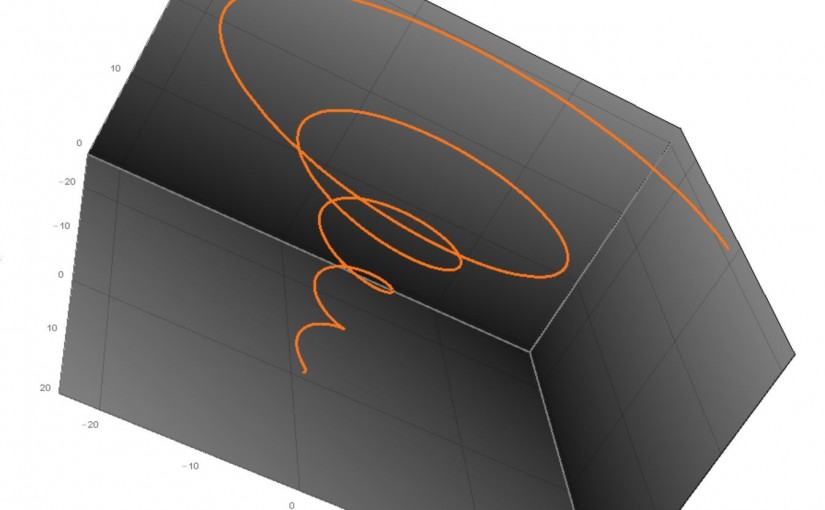Orijikan derives from the Japanese
Ori, meaning fold, and
Jikan, meaning time.
Origami uses
folding space to create visual art;
Orijikan uses
folding time to create aural art.
The core philosophy behind orijikan is that canonical music theory relationships can be visualized using chromatic group theory.
Here are a few items presented as evidence of the utility of this viewpoint:
- The Accidental Abacus: this visualization of the degrees of the heptatonic scale is a convenient device to familiarize oneself with musical inverse relationships as well as the patterns that the orijikan view of music opens up.
- The Major Network: a chain of major modes linked by perfect fifth jumps, this example of a modal ring is a stepping stone for understanding all the other diagrams and relationships within orijikan. The major scale upon which the major network is based has played a similar role in music theory throughout history. What does this network sound like?
- The Little Wheel: adding the melodic minor scale to the major network results in the little wheel. The importance of this modal wheel lay in the fact that every other mode can be mapped to within three perfect fifth jumps of this wheel and that its two component scales are the most important scales in jazz melody and harmony. What does this wheel sound like?
- The Modal Pyramid: the modal pyramid takes the little wheel, adds the Neapolitan major scale, and rearranges a wheel into a pyramid while remaining an accidental network. In doing so, we exhaust all possible scales that can be written in only steps and clearly showcase how the chord qualities cluster. What does this pyramid sounds like?
While this site is meant to discuss and disseminate the more visual and practical outcomes of my investigations, its sister site www.chromaticgrouptheory.com will serve a complementary purpose by focusing more on the theoretical and mathematical arguments for this viewpoint. The reader is encouraged to participate in both websites given that they are both part of an overarching framework linking music and math.
Thank you for visiting my site and I look forward to folding time with you sooner and later.
